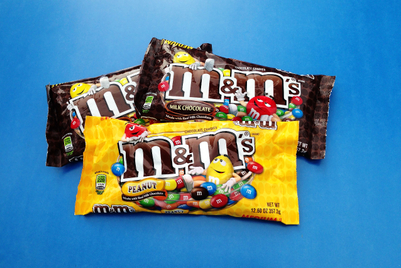
Men are more responsive to online ads than women, according to an eye-tracking study by picture provider Shutterstock.
Shutterstock’s study, carried out by eye-tracking specialists Lumen, found that simple image-led online ads which mirror the demographic profile of their target audience perform best.
Males looked at the ads for 0.4 seconds longer than females (0.9 seconds vs 0.5 seconds) while noticing a third of the ads in the study compared to a quarter for females.
Meanwhile image-led ads featuring children were shown to be more engaging to parents: those with children viewed 25 percent of these ads for an average of 1.3 seconds, compared to those without children who viewed 22 percent of the ads for an average of 0.8 seconds. Similar figures were found for images of an elderly couple being viewed more by people aged over 55 years old.
Data also showed that marketers selecting the correct images can double the amount of time that online ads are viewed on desktop.
The top-performing ad was viewed for 1.4 seconds, compared to a benchmark dwell time of 0.7 seconds.
The study was conducted in two phases. In the first phase, 150 panellists were shown 65 images (taken from Shutterstock’s picture library) in a randomised order to find out which were the most engaging. In the second phase, the top, middle and bottom performing images from the first study were used to create 16 image-led ads, which were then shown to a panel of 148 individuals, within a "typical online browsing environment". Throughout the entire study, panellists’ eye movements were tracked to measure engagement.


.jpg&h=334&w=500&q=100&v=20250320&c=1)


.jpg&h=334&w=500&q=100&v=20250320&c=1)
.jpg&h=334&w=500&q=100&v=20250320&c=1)
.jpg&h=334&w=500&q=100&v=20250320&c=1)

.jpg&h=334&w=500&q=100&v=20250320&c=1)









